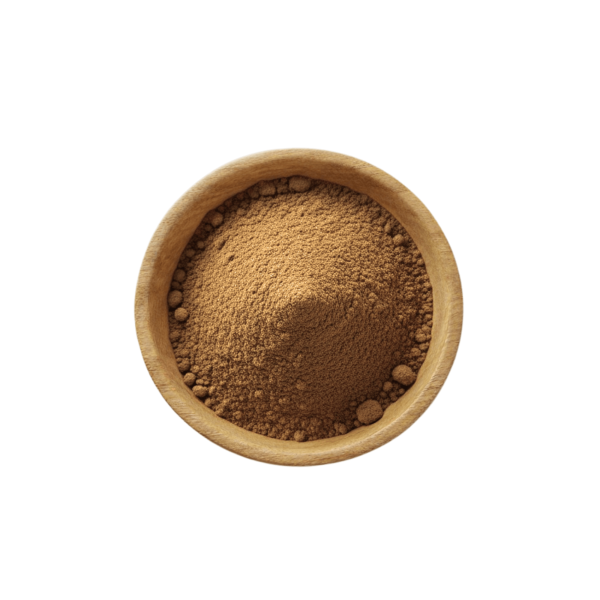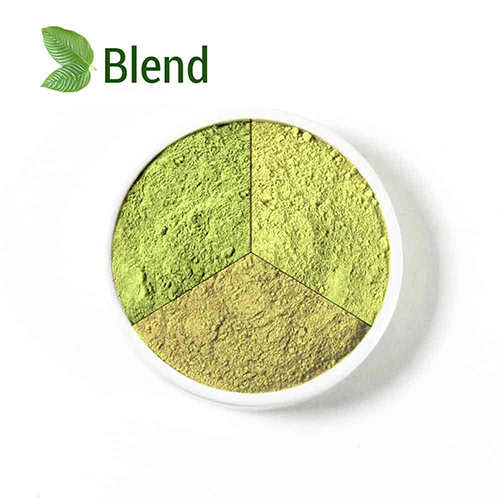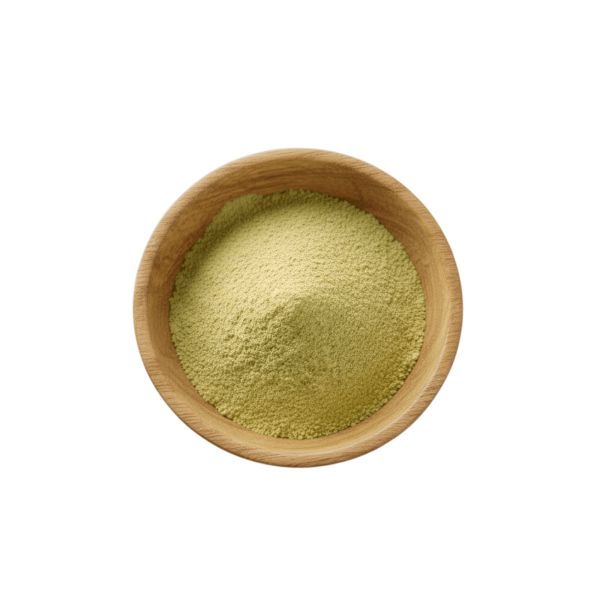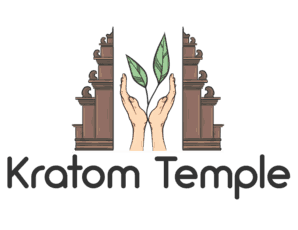
$11.01 – $173.24Price range: $11.01 through $173.24
Red Borneo comes from the island of Borneo and is known to have medicinal effects that have been used by natives for centuries as a natural remedy for ailments, stimulant and relaxing effects.
The Red Borneo strain took its name from the land it originated and the red color of its leaf veins particularly. It also grows mostly along the riverbanks. This unique environment allowed the Red Borneo strain to be more potent and an effective stimulant and choice for pain relief. Red Borneo is also known for creating a feeling euphoria and enjoyment in doing various activities.
Important: All the information provided is strictly for informational purposes and according to botanical research. While Kratom (Mitragyna Speciosa) is recognized in many cultures, U.S. Food and Drug Administration (FDA) strictly prohibits internal use of this herb. This product is sold as incense and is strictly for non-human consumption.
DISCLAIMER: Please note that our products are raw materials intended for research, botanical, and aromatherapy uses only. They are not intended for human consumption in any form.
| Weight | 1 oz, 2 oz, 4 oz, 250 g, 500 g, 1 kg |
|---|




Subscribe to our newsletter and unlock exclusive discounts!

© Copyright 2025 Kratom Temple
All Rights Reserved
© Copyright 2025 Kratom Temple | All Rights Reserved

Dominique Hebert (verified owner) –
Of course everyone experiences Kratom in their own way. The idea of “strains” is much more about marketing and isn’t a true description of the product (in my opinion). In it’s current market, there is very little difference between “strains”. Honestly
“strains” are more of color coding system, than what we would consider a description of a strain of a particular plant. The alkaloid content and concentrations are what produce minor variations in the percieved effects, there’s also a placebo element when naming a “strain”. A much more accurate description of the powdered product would be a “Quality Grade Scale”, like any other commodity,
The wholesalers, along with a governing organization, could agree on what to take into account when grading the product; for example, freshness, extra bulk materials, actual tested alkaloid content and levels, or even a certification at the producers end. That last one would be difficult, because a lot of the Kratom sold is not from farms that grow Kratom exclusively, in a traditional sense, it’s more along the lines of foraging. I hope that these changes come soon, and I’m pretty confident they will as more is understood through scientific research. It would also ensure a more stable and profitable market.
I would support some kind of industry regulation that would ensure “best practices guidelines” and it would greatly affect consistency and standards in a positive way for both the producers and consumers.
Of course, if anyone has enough experience and intrest in Kratom, everything I’ve said so far is pretty common knowledge. I’m only including this information for people who are less familiar with Kratom and would like to learn more.
There’s also a great Netflix documentary called “A Leaf of Faith” that’s out now and would be a great way to learn about Kratom at any experience level.
I’m sorry for being so long winded, but I really believe in the benefits of this plant and it effects me personally in a very positive way for the past decade. I wish more people knew about and have access to great quality Kratom.
I’ve tried this specific product and I can say with confidence that it is high quality. However, due to my own personal condition, extracts are a much better form factor and much more suitable for me personally. Kratom Temple’s extracts are among the best I’ve experienced in the past decade, and that is what inspired me to share my opinion here, and maybe help someone else with their journey through the Kratom Jungle. I haven’t been paid or given anything to leave my review/opinion, I’m just a satisfied customer. Yeah, I’d recommend any product from Kratom Temple, because from what I’ve seen, they’ve got quality product across the board.